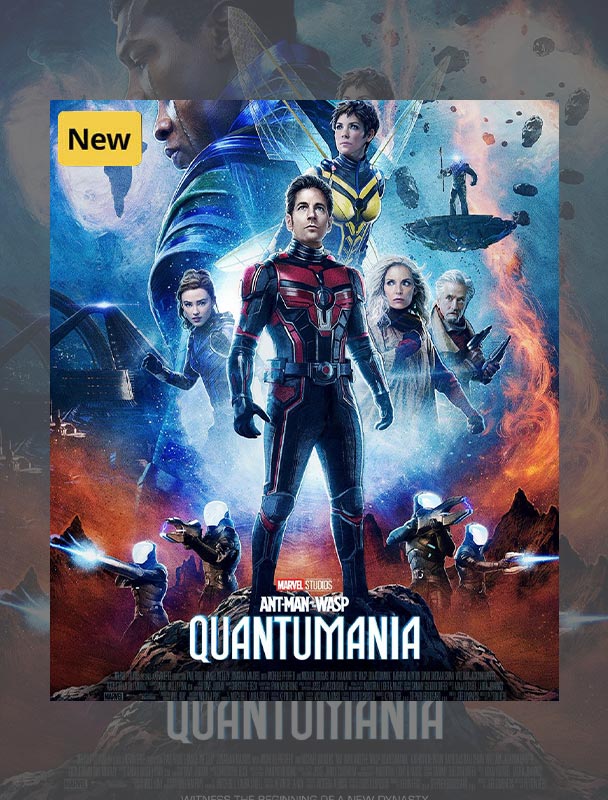Entering or expanding your presence in the Asia Pacific region invariably requires working with an indirect model engaging GEN IPTV Subscription partners in one form or another, for all or part of your business. There have been many and varied ways of recruiting, enabling and managing your channel partners, just as many agreement types to work with, all well documented, all well researched. We have, over our years of experience, witnessed those that have worked, unfortunately many more that have not. After thirty odd years of business, many organizations in the IT sector continue to struggle with the complexities of an indirect route to market, nowhere more so than in Asia Pacific.
Of course there will be academic nomenclatures for some of the more common scenarios exhibited, however we have provided a slightly more descriptive categorization of those we come across commonly, all have something missing in the relationship.
“Dump and Run’ Model
Mr Vendor recruits Mr Channel Partner, seemingly with all the right criteria followed for selecting the perfect partner. The agreement is negotiated, the contract is signed, hand shakes and bows exchanged. Mr Vendor hands over a box of collateral, some CD’s and manuals, a help desk number, a web address and gets on the next plane returning home, heading straight for the fax machine to collect the flood of orders. Obviously a slight exaggeration, yet not an uncommon approach to partner recruitment.
Clearly partnerships require commitment from both parties. On one side the commitment to enable and transfer skills and knowledge, on the other a commitment to provide capable resources and focus, and a mutual commitment to agree a business plan, with continued review and measurement.
“Show Me Yours First – Stand Off” Model
These agreements take a form where Mr Vendor won’t provide anything or make any significant commitments until Mr Channel Partner first shows some commitment to the ’cause’, maybe hiring dedicated staff, allocating marketing budget or opening the ‘kimono’ up to the customer list.
Mr Channel Partner on the other hand hesitates to provide or commit precious funds and resources until Mr Vendor shows an active desire to support through supplying qualified leads, committing to free training or allocating resources to work with Mr Channels Partner resources. After a time with each waiting for the other to make the first move and not living up to expectations, little if any business is written and the partnership fades with both parties moving on to other pastures.
‘Indirect Is Cheaper’ Model
Many unfortunately still look to the indirect channel model as a free or cheap entry into a market with an expectation of huge success. The indirect model in any of its forms requires discounts, infrastructure and support, by implication there is a cost to this. It should NEVER be considered free.
What should be expected from any indirect channel model is a broader reach into previously unavailable markets with access to domain expertise and or regional experience at a better return for each dollar of outlay. Straight forward, right? Not for all unfortunately.
One all too common example is relatively successful and established organizations making the decision to change to the ‘cheap’ indirect model, significantly downsizing or closing local operations, not implementing a channel enablement and support infrastructure, nor managing the customer expectations. The expectation being revenue and maintenance renewals will continue and grow and the partners would carry on business as usual. The results, not surprisingly, are usually massive drops in revenue, defection of customers, partner dissatisfaction, low staff morale and competitor successes.

